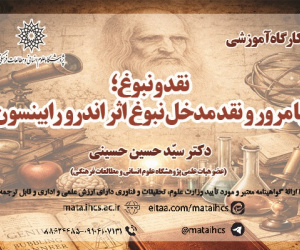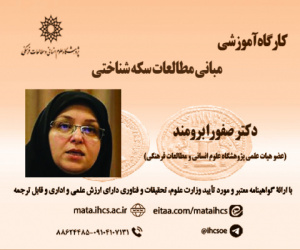A Structuralist Analysis of Similarities in Three Narratives: “Siavash”, “Hasanak Vazir” and “The Lion and the Cow” (مقاله علمی وزارت علوم)
درجه علمی: نشریه علمی (وزارت علوم)
آرشیو
چکیده
This article argues that despite differences in language, setting, and cultural context, the three narratives—Siavash (from the Shahnameh), Hasanak Vazir (from the Tārīkh-i Bayhaqī), and The Lion and the Cow (from Kelileh and Demneh)—each serve as a literary criterion of their respective time and culture. Structurally, however, they revolve around the same core motif: the destructive cycle of jealousy and conspiracy orchestrated by their negative heroes (Garsīvaz, Būshal, and Demneh), who manipulate the protagonists into downfall. These villains incite the antagonistic figures (Afrasiab, Mas‘ud, and the Lion) to provoke and ultimately execute the tragic killings of the virtuous heroes—Siavash, Hasanak, and the Cow. Through this shared framework, the narratives reveal a universal archetype of betrayal and power dynamics.تحلیلی ساختارگرایانه از سه روایت «سیاوش»، «حسنک وزیر» و «شیر و گاو»
این مقاله بر آن است که با نگاهی ساختارگرایانه به سه روایت «سیاوش» (از شاهنامه)، «حسنک وزیر» (از تاریخ بیهقی) و «شیر و گاو» (از کلیله و دمنه) نشان دهد که این سه روایت، هر چند در ظاهر تفاوت هایی به لحاظ زبان، شکل و فضا دارند و هر یک ساخته و پرداخته دوره تاریخی و فرهنگ غالب زمانه خود هستند، لیکن هر سه از نظر ساختار حول محورِ مفهومی یکسان شکل گرفته اند؛ این مفهومِ یکسان چیزی نیست مگر ابراز حسادت و توطئه از طرف شخصیت های منفی در این روایت ها یعنی گرسیوز، بوسهل، دمنه و پذیرفتن نیرنگ از طرف افراسیاب، مسعود، شیر و در نهایت کشته شدن قهرمانان مثبت یعنی سیاوش، حسنک و گاو.









